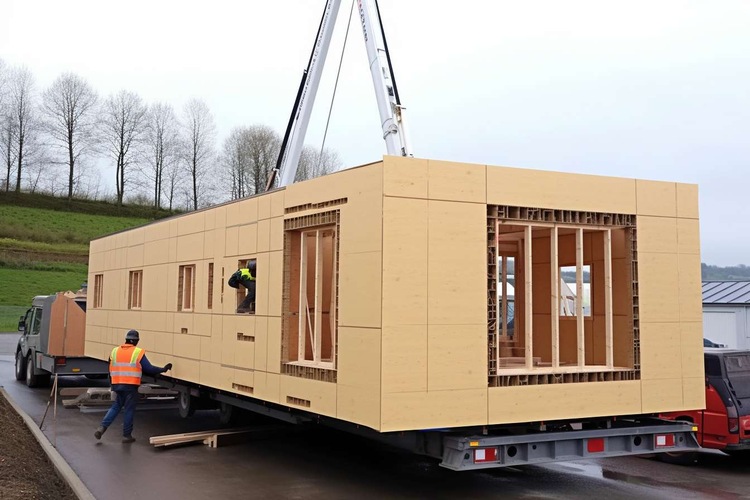Essential Guide to Plastic Storage Sheds: Selection, Setup, and Care
Plastic storage sheds offer a practical, low-maintenance solution for outdoor storage needs. From resin and polyethylene options to modular designs, these structures provide weather resistance and durability without the upkeep requirements of traditional wood or metal alternatives. Understanding the various materials, proper installation techniques, and maintenance requirements helps ensure your plastic shed serves your storage needs effectively for years to come.

Modern plastic storage sheds have revolutionized outdoor storage solutions, combining durability with minimal maintenance requirements. These versatile structures accommodate everything from garden tools and equipment to seasonal decorations and outdoor furniture, making them an increasingly popular choice for homeowners seeking reliable storage options.
Types and Materials: Understanding Plastic Shed Options
Plastic sheds primarily come in three material categories, each offering distinct advantages. Resin sheds, manufactured from high-density polyethylene or polypropylene, provide excellent weather resistance and typically feature wood-grain textures that mimic traditional materials. Polyethylene sheds offer lightweight construction with good UV resistance, making them suitable for various climates. Modular designs allow customization and expansion, with interlocking panels that can be reconfigured as storage needs change. These materials resist rust, rot, and insect damage while maintaining structural integrity across temperature variations.
Sizing and Capacity: Choosing the Right Dimensions and Layout
Selecting appropriate shed dimensions requires careful consideration of both current and future storage requirements. Small sheds measuring 4x6 feet accommodate basic garden tools and seasonal items, while medium options at 6x8 or 8x10 feet provide space for lawn mowers, bicycles, and larger equipment. Large sheds exceeding 10x12 feet can house workshop areas alongside storage. Interior layout planning should account for shelving systems, tool organization, and accessibility paths. Consider ceiling height for storing long-handled tools vertically and ensure adequate clearance around the structure for maintenance access.
Site Preparation and Installation: Foundation Choices and Assembly
Proper site preparation ensures long-term stability and functionality. Level ground provides the ideal foundation, though slight slopes can be accommodated with appropriate preparation. Concrete pads offer maximum stability and longevity, while gravel bases provide good drainage and easier installation. Wooden platforms work well for temporary installations but require regular maintenance. Ground anchoring systems prevent wind displacement, with options including concrete anchors, ground screws, or weighted bases. Assembly typically involves following manufacturer instructions carefully, ensuring all connections are secure, and checking for proper alignment throughout the process.
Ventilation, Security, and Weather Resistance Features
Effective ventilation prevents moisture buildup and condensation that can damage stored items. Ridge vents, gable vents, or louvre systems provide air circulation while maintaining weather protection. Security features include reinforced door frames, multiple locking points, and window options with security glazing. Weather resistance depends on proper sealing around doors and windows, adequate drainage systems, and UV-resistant materials. Many plastic sheds include integrated guttering systems and storm-resistant designs tested for specific wind loads and snow loads.
| Shed Size | Material Type | Price Range | Key Features |
|---|---|---|---|
| 4x6 feet | Resin | $300-600 | Basic storage, single door |
| 6x8 feet | Polyethylene | $400-800 | Medium capacity, window options |
| 8x10 feet | Resin | $600-1200 | Large storage, double doors |
| 10x12 feet | Modular | $800-1500 | Expandable, multiple configurations |
Prices, rates, or cost estimates mentioned in this article are based on the latest available information but may change over time. Independent research is advised before making financial decisions.
Maintenance and Longevity: Cleaning and Care Requirements
Regular maintenance extends shed lifespan and maintains appearance. Cleaning involves washing with mild soap solutions and soft brushes to remove dirt, algae, and stains without damaging surfaces. Seasonal checks should include inspecting door seals, hinges, and locking mechanisms for proper operation. Minor repairs often involve replacing worn weatherstripping, tightening loose fasteners, or touching up scratched surfaces with manufacturer-approved products. Part replacement typically covers door handles, hinges, and roofing components, with most manufacturers offering replacement parts for several years post-purchase.
Plastic storage sheds represent a practical investment in organized outdoor storage, combining weather resistance with minimal maintenance requirements. Proper selection based on size requirements, quality installation with appropriate foundations, and regular maintenance ensure these structures provide reliable service for many years. The variety of available options allows homeowners to find solutions matching their specific storage needs while complementing their property’s appearance.




